Whether you have a large or small piece of property, creating a habitat for wildlife is easier than you think. Take a walk around your yard and you will find what you need is already available like rocks, logs, sticks, stumps, pinecones, and leaves.
Small logs and stumps are superb living quarters for insects, reptiles, and amphibians, which in turn make them great feeding spots for foraging birds and larger mammals. They are also a great place for fungi and other beneficial bacteria to thrive. Even one log left to rot in a garden bed will make a big difference.
Snags and fallen limbs create a habitat for critters like opossums, raccoons, squirrels, and birds. The two trees in the picture below fell during TS Isiais. We decided to leave them as a natural sculpture. I have found young squirrels love to play here. Because it opened up the canopy in the yard, I now have a sunny place to grow more pollinator and host plants. In the foreground of the picture, you will notice the bare sandy spot. If you have the space, this is great for our early ground-nesting native bees.

Wood piles provide shelter for insects, birds, small mammals, reptiles, and amphibians. Gray tree frogs like to hide in the bark and snag unsuspecting insects. In the winter, when food is scarce, the birds find plenty of insects still available to eat thanks to the microclimate the rotting wood creates.

A brush or habitat pile is a great place for birds and other critters to find food and shelter. Many of us have neighbors who may disapprove of this (we need to change this mindset), so it may be hidden behind a shed or garage or in a corner of the yard you do not use.
Note the leaves in most of the pictures. Many of our native insects like moths and fireflies need leaf litter to continue their lifecycle. The more leaves you can leave, the better chance they will have of surviving.
Adding native plants to your property will also bring wildlife into your yard by supplying food and shelter.
Top Row: Aronia arbutifolia (Red Chokeberry), Ilex verticillata (Winterberry), Viburnum dentatum (Arrowwood)
Middle Row: Cornus racemosa (Gray Dogwood), Eastern Cedar Waxwing enjoying the berries from Juniperus virginiana (Eastern Red Cedar), Spicebush Swallowtail caterpillar on Lindera benzoin (Spicebush)
Bottom Row: Seed heads of Solidago sempervirens (Seaside Goldenrod), Red-bellied Woodpecker feeding chicks in a dead oak tree, Eastern Box Turtle


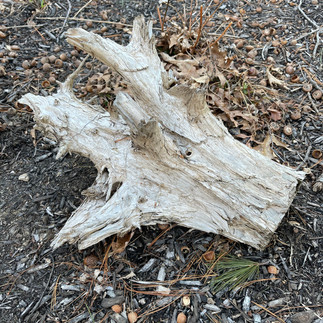
















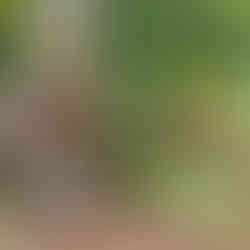


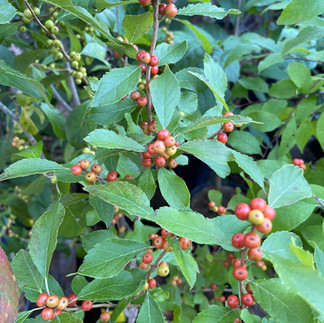


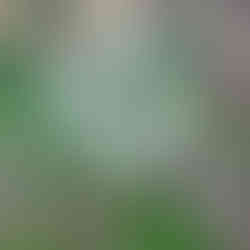




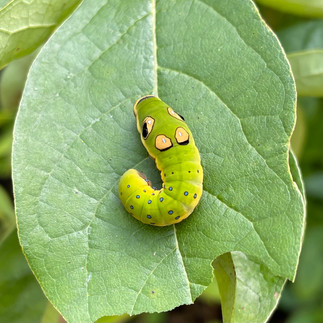






Comments